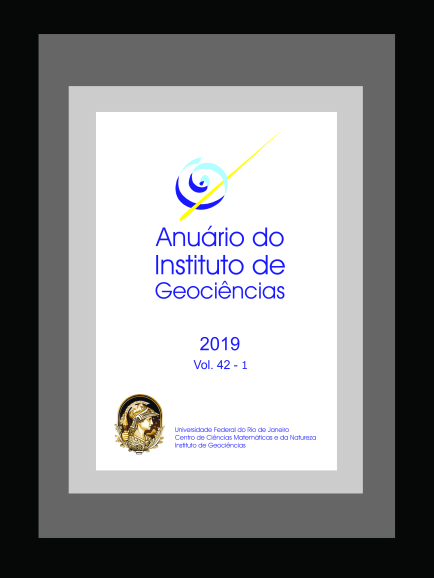Ocean-Atmosphere Interactions in an Extratropical Cyclone in the Southwest Atlantic Interações Oceano-Atmosfera em um Ciclone Extratropical no Atlântico Sudoeste
DOI:
https://doi.org/10.11137/2019_1_525_535Keywords:
Ocean-atmosphere interaction, Oceanography, Meteorology.Abstract
This work shows an investigation of the behavior of heat fluxes in the processes of ocean-atmosphere interaction during the passage of an Extra-tropical Cyclone (EC) in the Southwest Atlantic in September 2006 using a coupled regional model’s system. A brief evaluation of the simulated data is done by comparison with air and sea surface temperature (SST) data, wind speed, sea level pressure. This comparison showed that both model simulations present some differences (mainly, the wind), nevertheless the simulated variables show quite satisfactory results, therefore allowing a good analysis of the ocean-atmosphere interaction processes. The simulated thermal gradient increases the ocean’s heat fluxes into the atmosphere in the cold sector of the cyclone and through the convergence of low level winds the humidity is transported to higher levels producing precipitation. The coupled system showed a greater ability to simulate the intensity and trajectory of the cyclone, compared to the simulation of the atmospheric model.Downloads
Download data is not yet available.
Downloads
Published
2019-12-01
How to Cite
Sutil, U. A. (2019) “Ocean-Atmosphere Interactions in an Extratropical Cyclone in the Southwest Atlantic Interações Oceano-Atmosfera em um Ciclone Extratropical no Atlântico Sudoeste”, Anuário do Instituto de Geociências. Rio de Janeiro, BR, 42(1), pp. 525–535. doi: 10.11137/2019_1_525_535.
Issue
Section
Article
License
This journal is licensed under a Creative Commons — Attribution 4.0 International — CC BY 4.0, which permits use, distribution and reproduction in any medium, provided the original work is properly cited.















